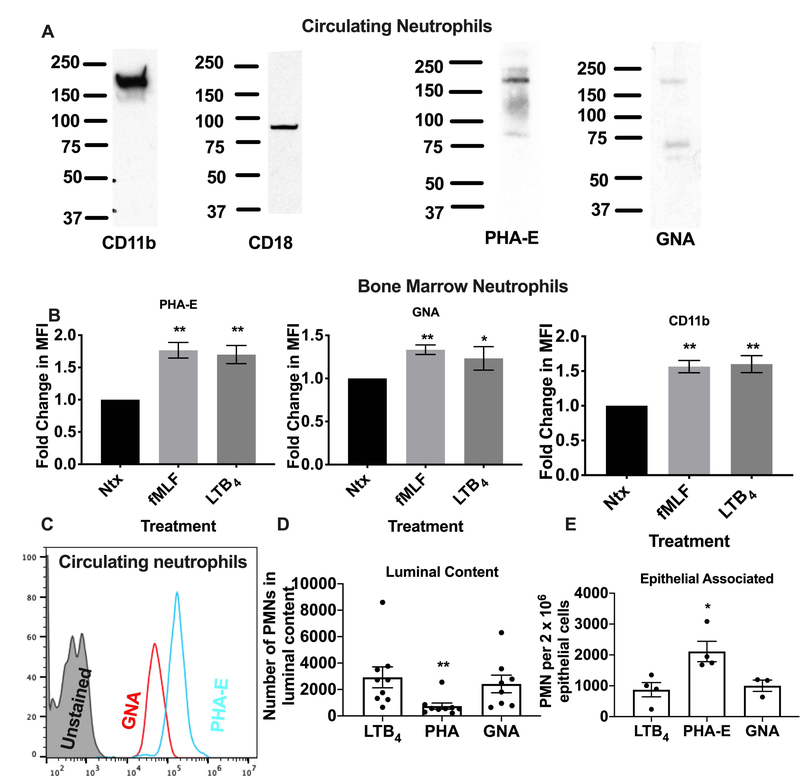Figure 5. Glycan ligands of PHA-E, GNA expressed by murine PMN and can be targeted to block PMN TEpM into the proximal colon.
(A) Lysates from circulating murine PMN were immunoblotted with anti-CD11b, anti-CD18 mAbs or biotinylated PHA-E, GNA lectins. (B) Changes in surface expression of CD11b/CD18 and glycans recognized by PHA-E and GNA on murine PMNs were analyzed by flow cytometry in non-stimulated (Ntx) PMNs and PMNs exposed to 1μM FMLF, or 10nM LTB4 using FITC conjugated mAbs or lectins. Data are mean fluorescent intensities ± SEM (n=3, *, p<0.05, **, p<0.01). (C) PMN in whole blood isolated from WT C57BL/6 mice were stained with FITC conjugated GNA and PHA-E and analyzed by flow cytometry. (D) Number of PMN recruited into the lumen of proximal colon loops following luminal injection of PHA-E or GNA. Data are mean ± SEM (n=3 independent experiments, **, p<0.01). (E) Number of PMN in epithelial enriched fractions after luminal injection of PHA-E or GNA. Data are means ± SEM (n=2 independent experiments. *, p<0.05).

